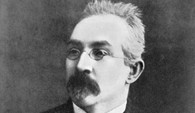
Gottfried Lindauer (1839-1926), along with C.F. Goldie (1870-1947), was the most prolific and best-known painter of Māori subjects, in particular portraits, in the late nineteenth-early twentieth centuries.
Tirohia | View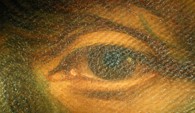
The realism of the portraits by Gottfried Lindauer caused a sensation amongst New Zealanders, at a time before colour photography. The artist was able to capture the quiet dignity of the sitter in a smooth, concise manner and with a convincing sense of light falling on a three-dimensional form. In many cases the figures appeared to emerge from the shadows, creating a dramatic presence.
Tirohia | View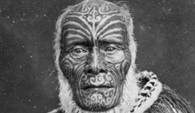
Gottfried Lindauer’s admiration for photography helps us understand his working processes as a portrait painter. We know that he made photographs himself but few of these prints remain and it is not clear whether he ever utilised his own photography as a starting point for his portraiture.
Tirohia | View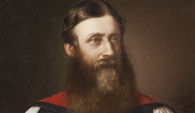
The extent to which Gottfried Lindauer used photography for his portraits was thought to be limited to an aid for sketching, but recent examination of two Pākehā portraits has revealed that the artist also painted directly over photographic images.
Tirohia | View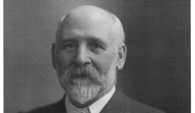
Henry Edward Partridge was one of Gottfried Lindauer’s earliest clients, and grew to be his most dedicated patron. Their professional relationship lasted almost forty years. Partridge is now best remembered for having amassed a collection of over seventy paintings by Lindauer, later known as the Partridge Collection.
Tirohia | View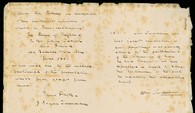
A fascinating series of Henry Partridge’s private documents relating to the Partridge Collection have now been digitised by the Auckland Art Gallery’s E.H. McCormick Research Library. These documents constitute the Partridge Correspondence.
Tirohia | View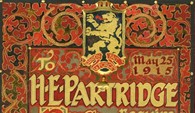
Explore the major events in the lives of Gottfried Lindauer and his patron Henry Partridge, and the development of the Partridge Collection.
Tirohia | View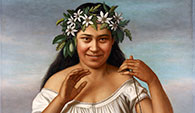
Gottfried Lindauer's (1839-1926) reputation peaked in the first decade of the twentieth century. No other New Zealand artist had achieved a definitive monument such as the Lindauer Art Gallery on Auckland's Queen Street, opened in 1901, where the Māori portraits amassed by the collector and businessman Henry Partridge (1848-1931) were displayed to the delight of Māori visitors, tourists and locals alike. How had Lindauer succeeded in gaining such status as the premier painter of Māori?
Tirohia | View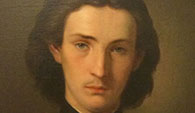
He was born in Pilsen (today Plzen), Bohemia, as the son of Hynek-Ignatz Lindauer, a gardener, and his wife Maria Schmid. For three years from the age of thirteen Lindauer was his father's apprentice, spending much time sketching flowers and plants. In 1855 he decamped, and supposedly walked, to Vienna to study at the Academy of Fine Arts under Leopold Kupelwieser and Joseph von Führich, the one-time Nazarene artist.
Tirohia | View